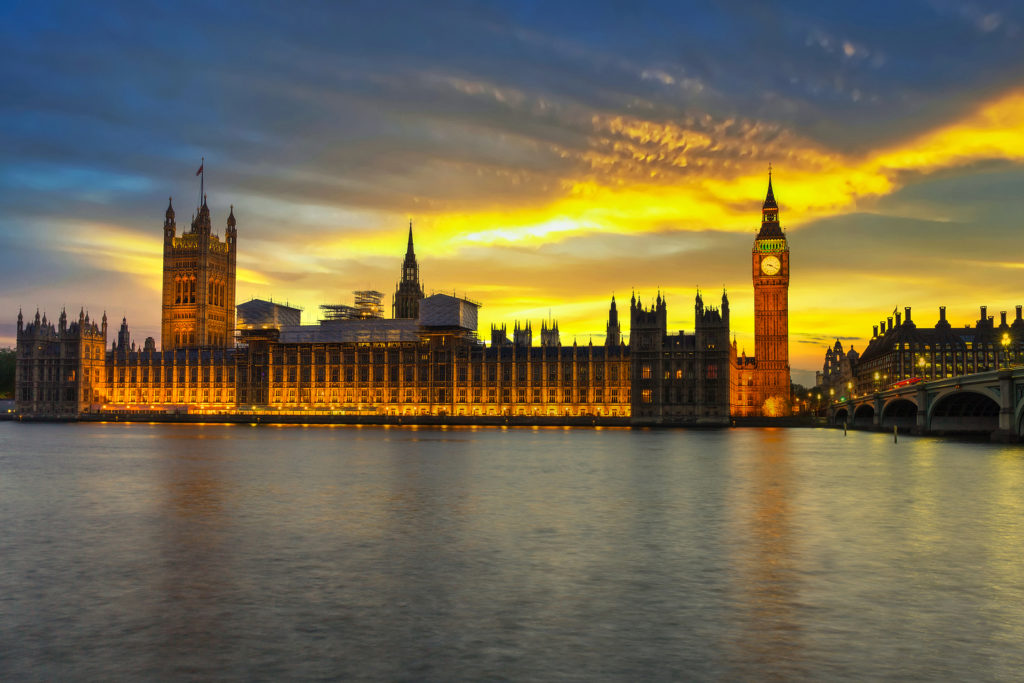It’s one of the world’s most iconic landmarks, and attracts over a million tourists every year, flocking to the left bank of the River Thames, all eager to see the Gothic-style building, with its impressive towers, and the famous Elizabeth Tower, home to Big Ben. But the Palace of Westminster is in a poor state.
There is history for the site on which it sits that goes back over 1,000 years, and it’s been the muse of many an artist, even Monet painted 19 different studies of the palace. But now its ancient foundations are eroding and crumbling away, risking the entire building.
Over the years, there have been varied ecclesiastical and monarchical buildings on the site since the Middle Ages, and it was a palace and royal residence from the 11th Century, until 1512. By 1550 the House of Commons and the House of Lords held meetings there.
A fire ripped through the building, almost entirely destroying it in 1834, which led to a Royal Commission to find someone to design and build a new palace. Architects Charles Barry and Augustus Pugin won the competition, building the Palace of Westminster as we see it today.
Overall, the site encompasses eight acres, including the courtyards and gardens, 1,100 separate rooms, 100 staircases, and nearly 5 km of corridors.
The Brexit news cycle put the palace on screens and newspapers around the world, and with it, the unfortunate condition of the building. In 2019, a House of Commons sitting had to be suspended due to a leaky roof.
There had not been any restoration work on the cast iron tiled rood in over 160 years, and the many leaks have caused damage and damp to much of the interior. However, this is not the only problem faced by the current inhabitants of the palace.
In 2012, the House of Commons and the House of Lords commissioned a study to determine the extent of the damage to the building, which demonstrated the urgent need for a major restoration. The current sewerage system was built in 1888, it has over 1,000 areas contaminated with asbestos, and it does not meet the standards for disabled access that are required today.
Parts of the electrical and mechanical systems date back to World War II and should have been replaced in the 1980s. steam, gas and water services were built on top of each other and next to high-voltage electrical wires. And about 321km of telephone, broadcasting and sound wires need to be upgraded.
Aston limestone, due it being cheap and easily carved, was used during the original construction, but this suffered from decay during the 19th Century, and only had a partial restoration during the 1980s and 1990s. On top of all of that, Barry and Pugin used combustible materials to decorate the palace’s interiors.
The current work on the Elizabeth Tower began in 2017, but this is a separate project to the restoration of the rest of the palace, which is dues to commence in 2021. These restorations are expected to start in the mid-2020s, with an estimated cost between £3.9bn and £6.3bn.
If you are looking for leak sealing services, then get in touch today.

